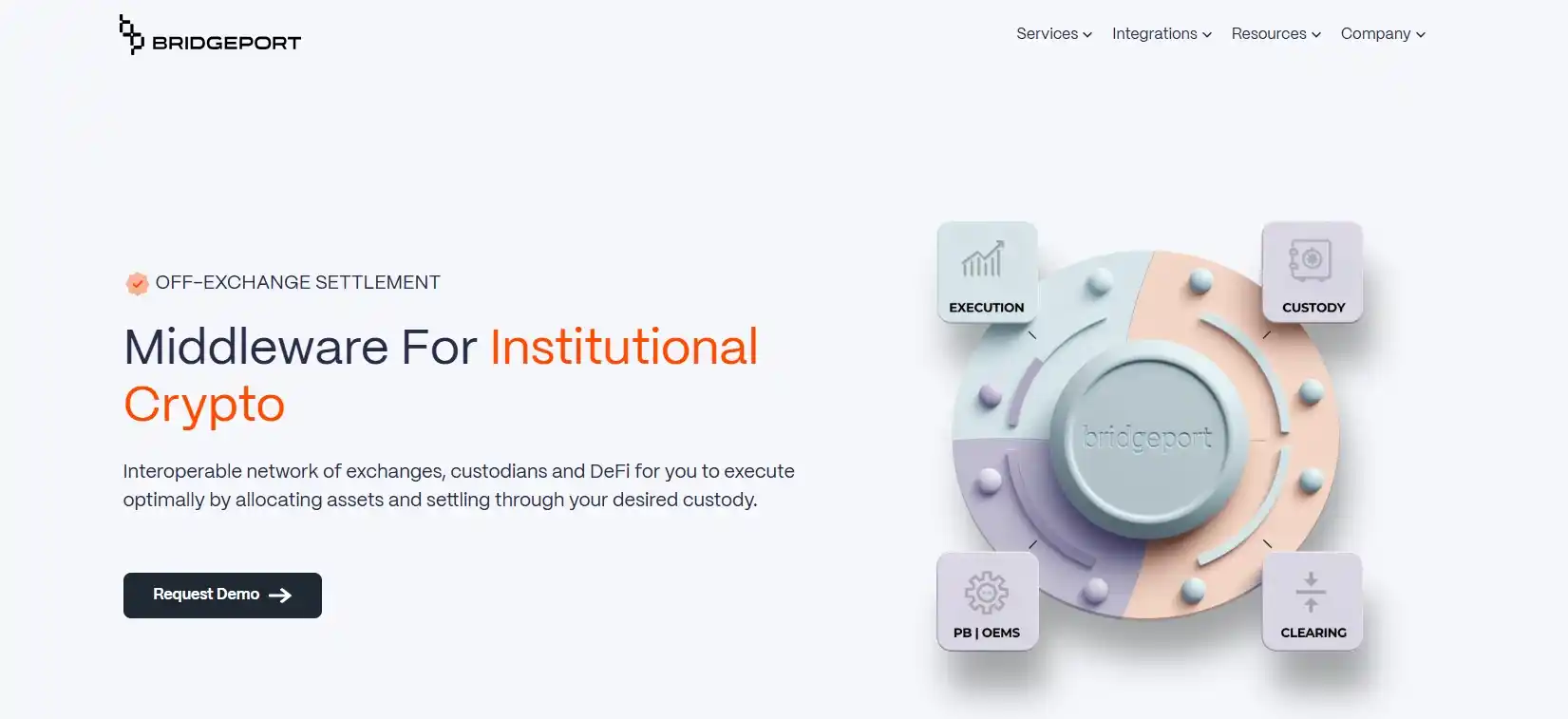The modern crypto market is developing rapidly, and one of the key challenges remains the fragmentation of blockchain networks. Users and developers face limitations when transferring assets between different ecosystems. The BridgePort project offers an innovative approach to solving this problem, providing secure and efficient exchange of data and tokens. The platform uses cutting-edge technologies to create a universal bridge that supports multiple blockchains, including Ethereum, Binance Smart Chain, Solana, and others.
Contents:
- What is BridgePort and how does it work?
- Key features and supported blockchains
- Security and platform decentralization
- BridgePort's advantages over competitors
- Project development prospects and plans
- Conclusion
What is BridgePort and how does it work?
BridgePort is a cross-chain bridge that allows users to move assets between different blockchain networks without using centralized exchanges. The project is based on smart contracts that enable automatic token exchange with minimal fees and high transaction processing speed.
BridgePort's technology is built on the principle of asset "wrapping." When a user transfers a token from one network to another, the original asset is locked in a smart contract, while its equivalent is issued in the target blockchain. This maintains liquidity and ensures transaction transparency.
In addition to token transfers, the platform offers additional tools for developers, including API for integration with third-party applications. This makes BridgePort not just a bridge, but an infrastructure solution for DeFi projects.
Key features and supported blockchains
BridgePort provides users with a wide range of tools for cross-chain interaction, combining ease of use with high functionality. The platform supports all major blockchain networks, enabling seamless asset transfers between them.
Among the key integrated ecosystems:
- Ethereum (ETH) – the leading platform for smart contracts and DeFi applications.
- Binance Smart Chain (BSC) – a popular solution with low fees.
- Solana (SOL) – a high-performance blockchain network.
- Polygon (MATIC) – a scaling layer for Ethereum.
- Avalanche (AVAX) – a platform with high transaction speed.
Beyond basic token exchange, the system offers additional capabilities including a multi-chain wallet and NFT support. This versatility makes BridgePort a convenient solution for both regular users and institutional investors.
Security and platform decentralization
One of BridgePort's key features is its multi-layered security system that ensures reliability for all operations. Unlike centralized services, the project uses advanced decentralized mechanisms that eliminate single points of failure.
Key security components of the platform:
| Component | Operation Principle |
|---|---|
| Contract Audits | Independent expert code vulnerability checks |
| Multi-signature | Transaction confirmation by multiple validator nodes |
| Reserve Pools | Guaranteed liquidity provision under any market conditions |
| Non-custodial Approach | No platform access to user private keys |
This comprehensive security approach allows BridgePort to protect user funds at institutional levels. The decentralized architecture further enhances system resilience, making it independent from any single operator.
BridgePort's advantages over competitors
BridgePort stands out among similar solutions due to its comprehensive approach to cross-chain interaction. Unlike most bridges, the platform combines minimal fees with NFT transfer support - a rare feature in this segment. The technological architecture is optimized for fast transaction processing without compromising security, giving the service an advantage over centralized alternatives.
Special attention is paid to user experience: the intuitive interface makes multi-chain transfers accessible even for beginners. At the same time, developers retain a professional set of tools for DeFi ecosystem integration. This combination of simplicity and functionality allows BridgePort to occupy a unique niche among hybrid solutions.
Project development prospects and plans
The BridgePort team is actively working on expanding the platform's functionality, focusing on the needs of the rapidly growing DeFi market. Significant updates are planned in the near-term roadmap that will strengthen the project's position in the industry.
Key development directions include:
- Integration with new blockchain ecosystems (Polkadot, Cosmos, Arbitrum)
- Launch of BRG Token voting system for decentralized governance
- Development of SDK for DeFi application developers
- Implementation of cross-chain staking with unified interface
- Partnership programs with leading Web3 protocols
These initiatives will allow BridgePort to evolve beyond being just a bridge between networks, transforming the platform into a full-fledged hub for multi-chain interaction. Special emphasis on decentralized governance aligns with key blockchain industry trends. Given current development pace, the project has every chance to become one of the standards for cross-chain operations.
Conclusion
BridgePort represents an innovative solution for overcoming blockchain ecosystem fragmentation. Combining high security, low fees, and NFT support, the platform becomes a universal tool for cross-chain interaction. With an ambitious roadmap and focus on decentralization, the project positions itself as a promising standard in the Web3 industry. BridgePort doesn't just connect networks - it creates infrastructure for a new stage of DeFi development.




